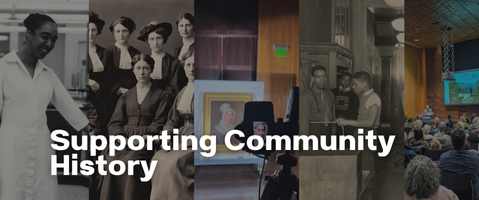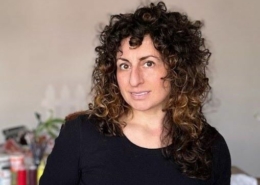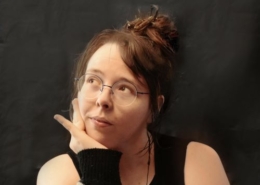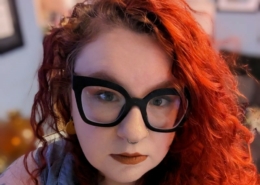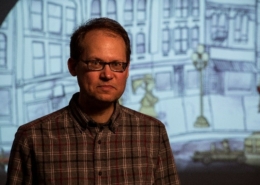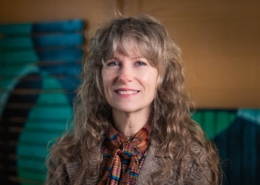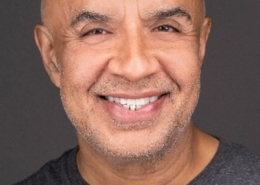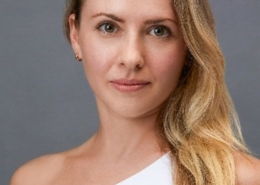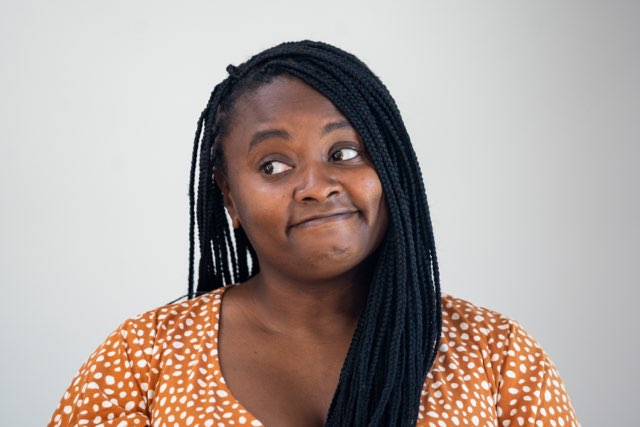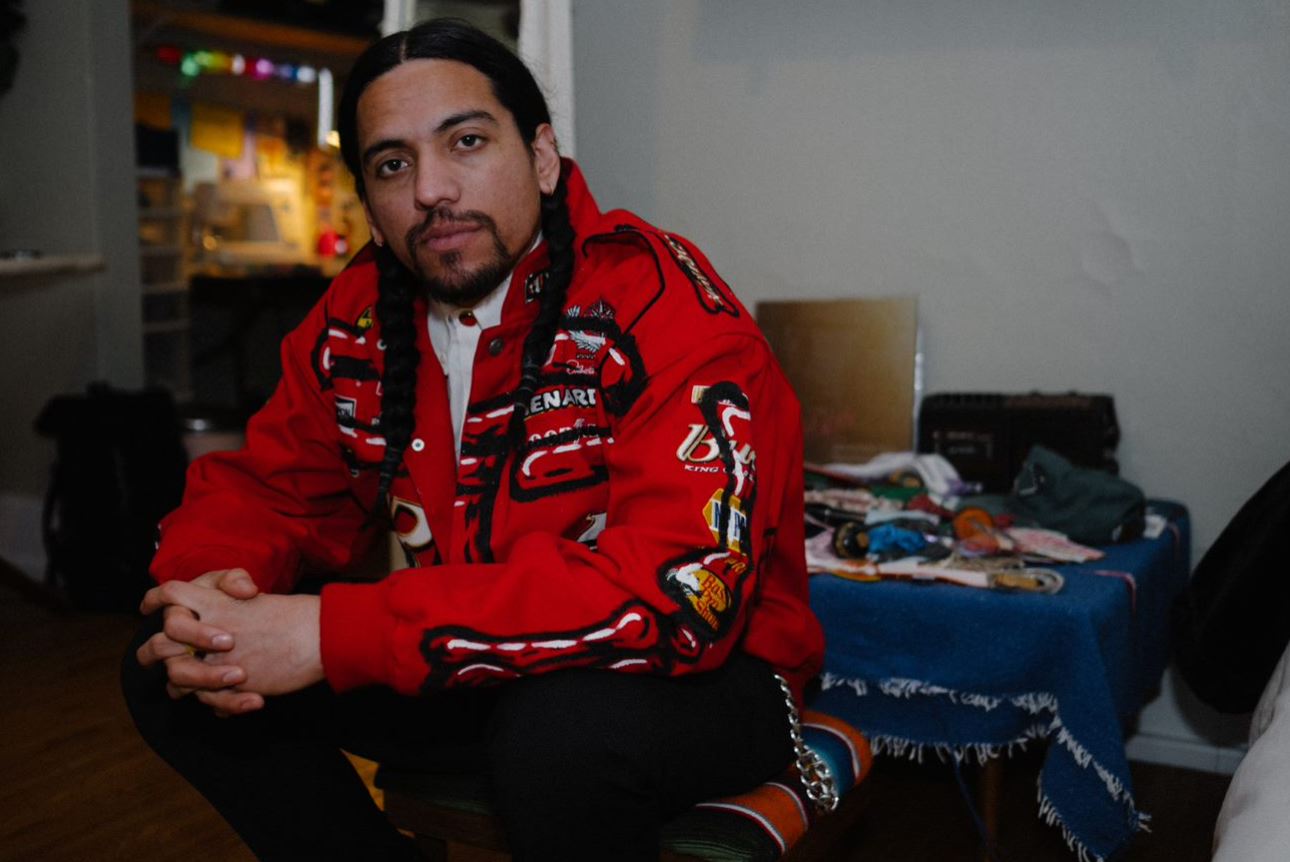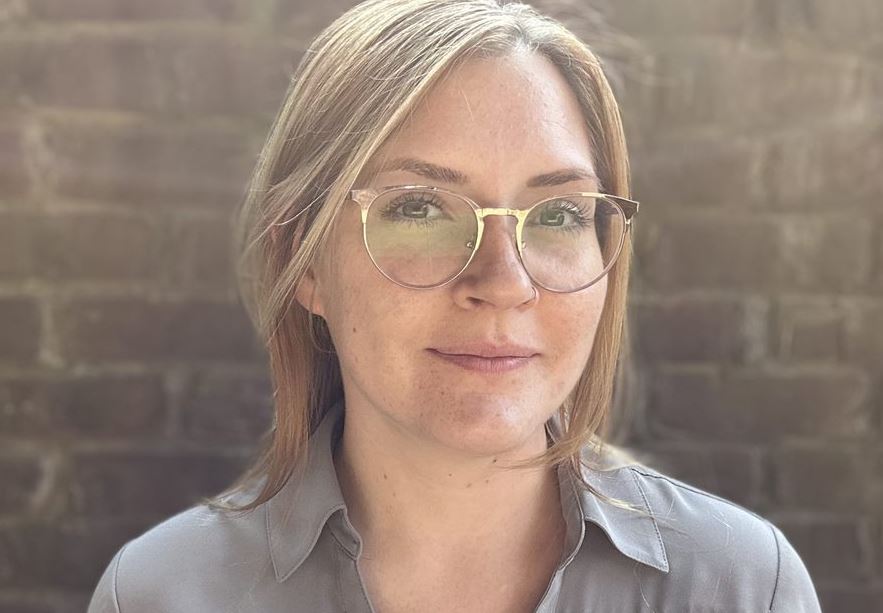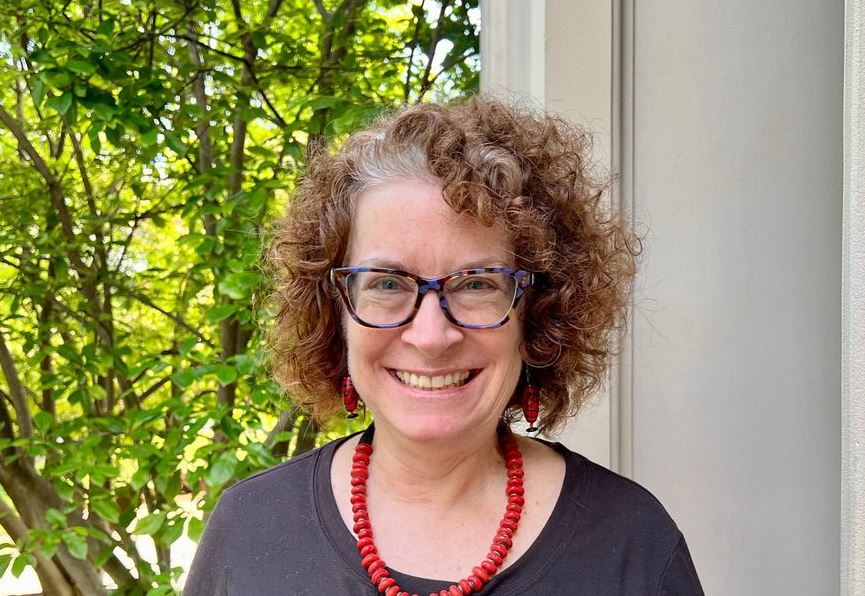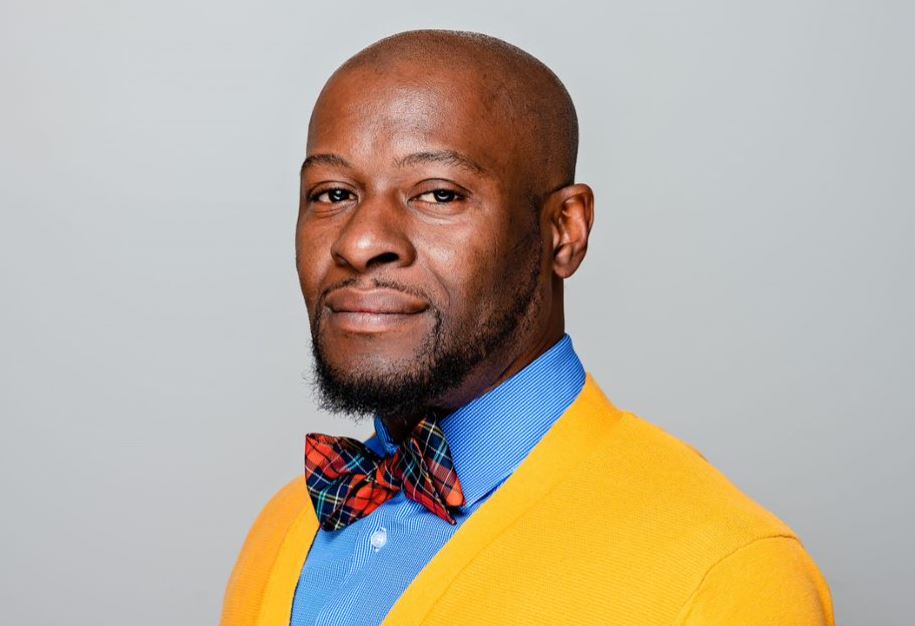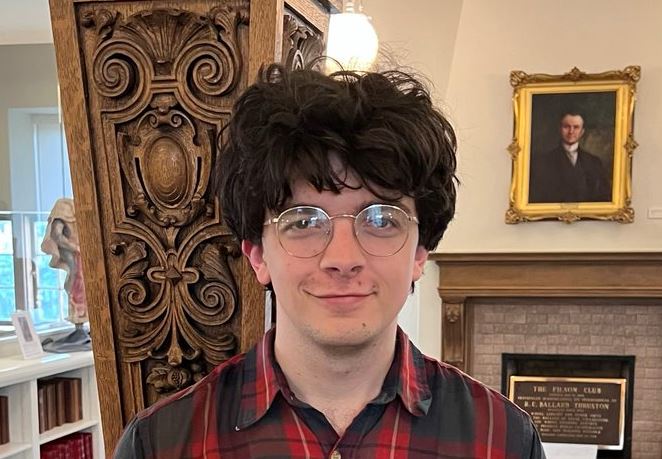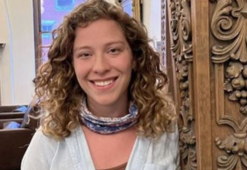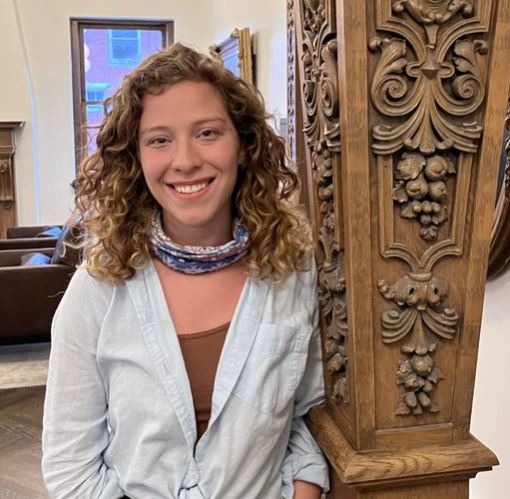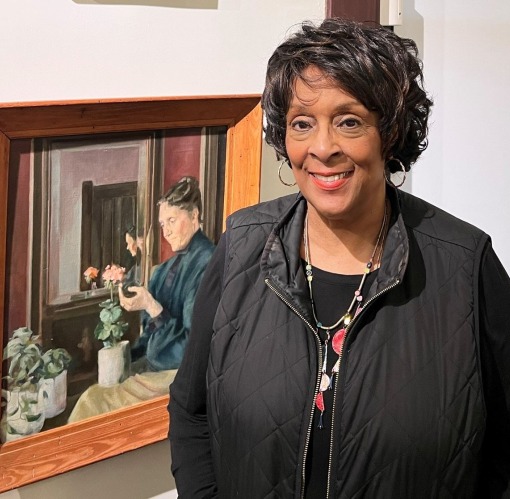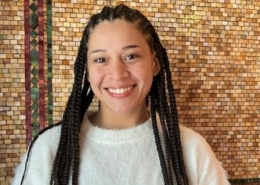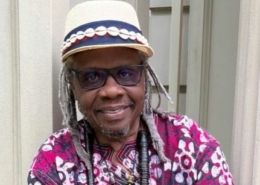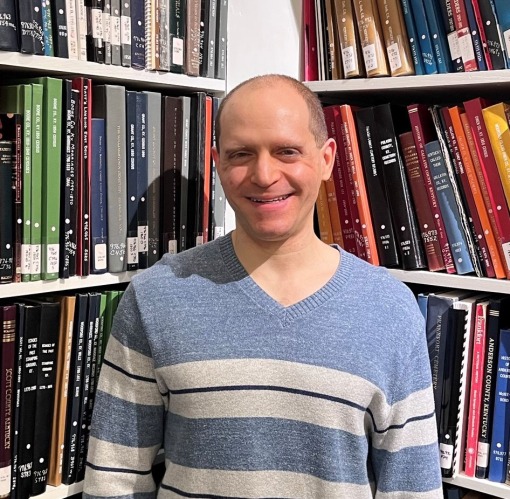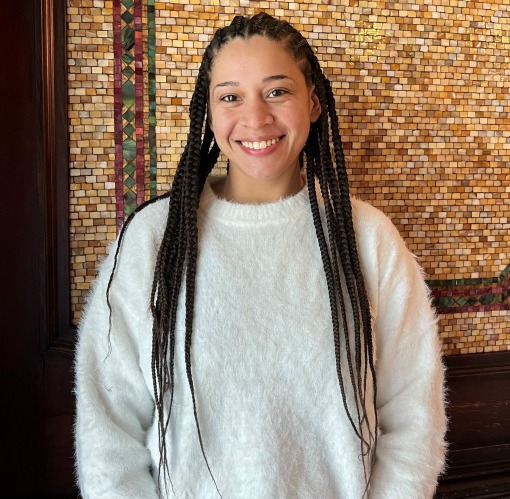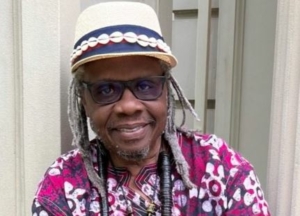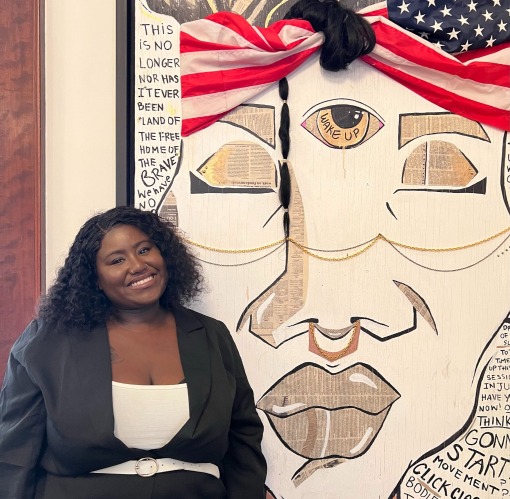Meet Lori (she/her)
Lori Larusso is an American visual artist working primarily with themes of domesticity and foodways. Her body of work encompasses paintings and installations that explore issues of class, gender, and anthropocentrism, and how these practices both reflect and shape culture. She embraces color as a carrier of spatial properties, and image as conduit for complex narratives. Visually rich elaborations of life-affirming subjects serve as purposeful symbols of specific time and place. Larusso’s work is exhibited widely in the US and is included in numerous public and private collections.
She has been awarded numerous residency fellowships including Bemis Center for Contemporary Art, McColl Center for Art + Innovation, Sam & Adele Golden Foundation, Art + History Museums Maitland, chaNorth, and MacDowell where she received a Milton and Sally Avery Fellowship. She is a recipient of the Kentucky Arts Council’s Al Smith Fellowship, multiple grants from the Great Meadows Foundation and the Kentucky Foundation for Women. Larusso is the 2019 Kentucky South Arts Fellow and is the recipient of the 2020 Fischer Prize for Visual Art. She earned an MFA from the Maryland Institute College of Art (MICA) and a BFA from the University of Cincinnati’s College of Design, Architecture, Art, and Planning (DAAP). She currently lives and works in Louisville, Kentucky and is represented by Galleri Urbane in Dallas, TX and Rubine Red in Palm Springs, CA.
Larusso’s first solo museum exhibition, “A Paradox of Plenty,” will open in August 2025 at the Arkansas Museum of Fine Art in Little Rock
Lori’s Project
I am excited to expand my research on the intersections of food, culture, and identity through research on Kentucky foodways, including Cissy Greggs’ writing and H. Harold Davis’ iconic midcentury food photography. By examining materials from the Filson’s archives, including cookbooks, menus, and photographs, I will draw inspiration from the images and descriptions of foods and food preparation specific to the Ohio Valley. I anticipate this research resulting in a series of drawings, paintings, and collages, interrogating how social norms and judgments shape our perceptions of food—its production, presentation, and consumption. It will also highlight the significance of cookbooks as personal artifacts, capturing handwritten notes, clippings, and signs of use. The resulting work will bring attention to the lives of those who cook and eat in the Ohio Valley, contributing to the broader conversation around food and culture.
lorilarusso.com


